TRADITION OF EXCELLENCE | Japanese techniques in contemporary metal arts
Curated by Hiroko Yamada
Tuesday October 1 – Sunday November 17


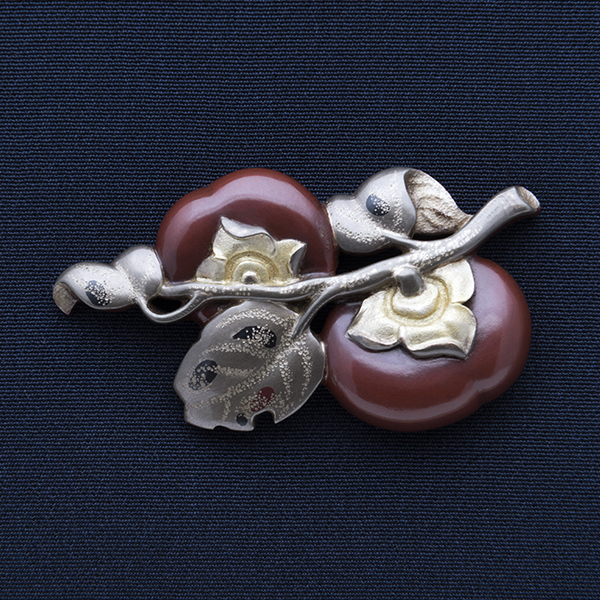


Curated by metalsmith Hiroko Yamada, this exhibition brings together twenty-nine artists: seven American and twenty-two Japanese, three of whom have received the highest honor to be designated as a Living National Treasure of Japan. The artists’ work represents a broad view; based in historical techniques and approaches, they range from strictly adhering to tradition to reinventing or reinterpreting tradition through a contemporary practice.
Seisei Asai
Kiyoko Fujie
Seth Gould
Noriko Hagino
Hiroki Iwata
Marvin Jensen
Kazuo Kashima
Morihito Katsura
Jim Kelso
Takashi Kojima
Andrew Meers
Haruo Mitsuta
Hiroshi Nishikata
Ryota Nishikata
Yuko Okahara
Masako Onodera
Motoko Oshiyama
Yukie Osumi
Ryuhei Sako
Hiroko Sato-Pijanowski
George Sawyer
Makoto Susa
Fumiki Taguchi
Maki Takehana
Emiko Takenouchi
Norio Tamagawa
Tatsushi Tamagawa
Yoshio Ueno
Mizuko Yamada
Exhibition Folio
Studio Visits
Exhibition Catalog PDF
Order Exhibition Catalog



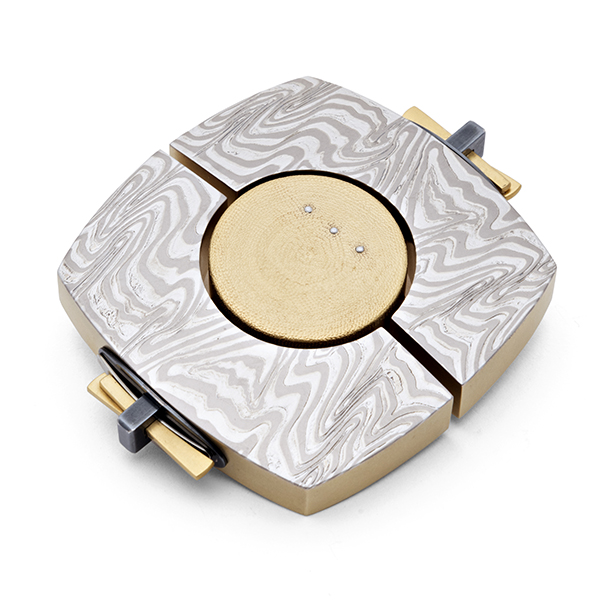
Many works from this exhibition were previewed at the Consulate-General of Japan in Chicago May 21–24 & May 28–31, 2019 as part of the Society of North American Goldsmiths conference May 23, 2019.
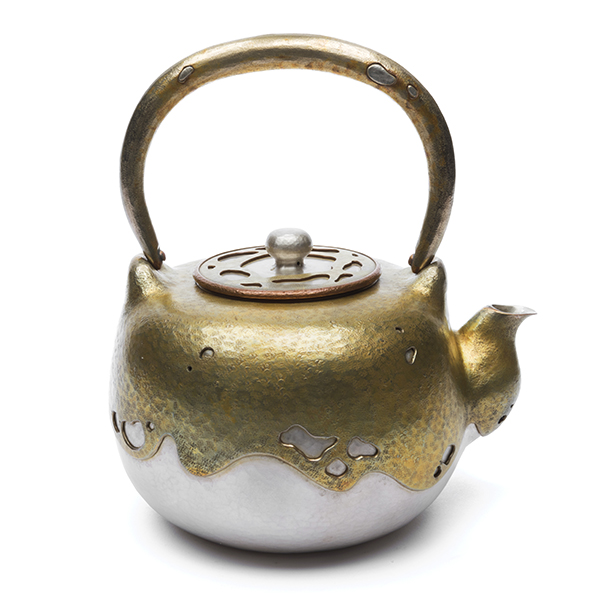

The earliest connection between Penland School of Craft and Japan is recorded as 1953, when the international division of the YMCA sponsored Michiko Sato, a social worker from Japan, to attend a Penland class. The Penland archives show visits by intrepid Japanese educators and leaders during the late 1950s and 1960s. This was shortly after the esteemed Japanese potter Shoji Hamada visited Western North Carolina’s Black Mountain College, where he participated in a pottery seminar. The seminar invitation included the heading of Eastern Center for Interchange of Work & Ideas East to West. Soetsu Yanagi, the philosopher and creator of the Japanese Folkcraft Movement lectured on Buddhist aesthetics. Japanese culture, design, artists, and studio practice were influencing contemporary craft in the United States.
From the mid-1960s onward, the classes at Penland reflected this influence through Japanese-American instructors such as ceramist Toshiko Takaezu or instructors who had developed their skills through study in Japan. Metalsmith Hiroko Yamada began teaching at Penland in 2005, and has taught many times since. Her personal influence on the Penland metals program is measurable through the myriad of students and instructors, both Japanese and American, who have been impacted by her efforts to share Japanese metalsmithing techniques. It was this indefatigable enthusiasm that gave birth to this exhibition; the opportunity to share the works of contemporary Japanese artists side by side with American artists who had adopted Japanese techniques in their studio practice.
Curated by Hiroko, the exhibition brings together twenty-nine artists: seven American and twenty-two Japanese, three of whom have received the highest honor to be designated as Japanese Living National Treasures. The artists’ work represents a broad view; based in historical techniques and approaches, they range from strictly adhering to tradition to reinventing or reinterpreting it through a contemporary practice. The age range of the participants is just as broad and inclusive; it is evident that Hiroko is reinforcing respect for the masters and sensei while supporting the next generation of makers and their creative practice.
It was a conscious decision to label the works in the exhibition using Japanese terminology for the techniques used. Although most viewers will be unfamiliar with words such as nunome zogan, mokume-gane, kinkeshi, and shakudo, the terms honor the knowledge and training of these highly skilled artists.
It bears mentioning that many of these techniques and materials, because of their non-Western roots, are markedly different than those used in contemporary metal work in the United States. This exhibition is quite remarkable in that respect, as well as for the sheer beauty of the works themselves. The incalculable hours devoted to making each of these pieces are unmistakable and humbling. The deft hands – wielding hammers, chisels, and torches – are evident in the final works. The devotion to such skill and perseverance toward mastery should resonate with all who aspire to understand a craft so fully and intuitively.
With deep appreciation to Hiroko Yamada for bringing this exhibition to fruition – domo arigato gozaimasu.
Kathryn Gremley
Director, Penland Gallery



HIROKO YAMADA, Curator
Hiroko Yamada was born and raised in Japan, and her first career was as an architect in Tokyo. She became interested in small-scale design and chose to pursue this interest at the University of Wisconsin-Madison under the mentoring of metalsmiths Fred Fenster and Eleanor Moty. In addition to becoming an accomplished jeweler, she dedicated herself to helping others create one-of-a-kind works in metal. This commitment has included teaching Penland workshops regularly since 2005.
For the past five years, Hiroko has promoted exchanges between American and Japanese metal artists through exhibitions and workshops with a goal of introducing traditional Japanese metal work and techniques to Western art metal culture.
Hiroko worked closely with Penland Gallery director Kathryn Gremley in creating two exhibitions that presented the work of American metalsmiths in Japan. The Art of the Brooch appeared at Gallery C.A.J in Kyoto, Kobe Design University, and Museum of Kyoto in 2014. North American Mokume-Gane Exhibit appeared at Tsubame Industrial Materials Museum in Niigata and Yamawaki Art College Gallery in Tokyo in 2016. Both included Penland-affiliated artists.
In 2018 Hiroko’s work was included in the Japanese Traditional Art Metal Exhibition in Tokyo and Kumamoto, along with work by Seth Gould and Andrew Meers, who have both been Penland resident artists and students of Hiroko’s. In 2017 and 2018, she co-curated, with professor Hiroki Iwata of Tokyo University of Arts, an exhibition of work by American and Japanese metal artists at Ginza Okariya Gallery in Tokyo. She also facilitated an invitation for American artists to study with masters and Living National Treasures in Japan, and she invited a Japanese master to teach workshops in the U.S. in 2016, 2017, and 2019.
Hiroko explains all of these activities this way: The long history of Japanese traditional metal skills has slowly seen a decline in being passed to the next generation. The technique and skill has either been closed and protected or limited to certain families or selected artists. In order to pass on the skills, Japanese artists and masters have realized that there is a need to be open and willing to teach, not only within the family, or even to other Japanese, but also to be open to instruction internationally. My mission is to bring together artistic skills and knowledge that will help both Japanese and American artists grow in their work and achieve new levels of excellence.







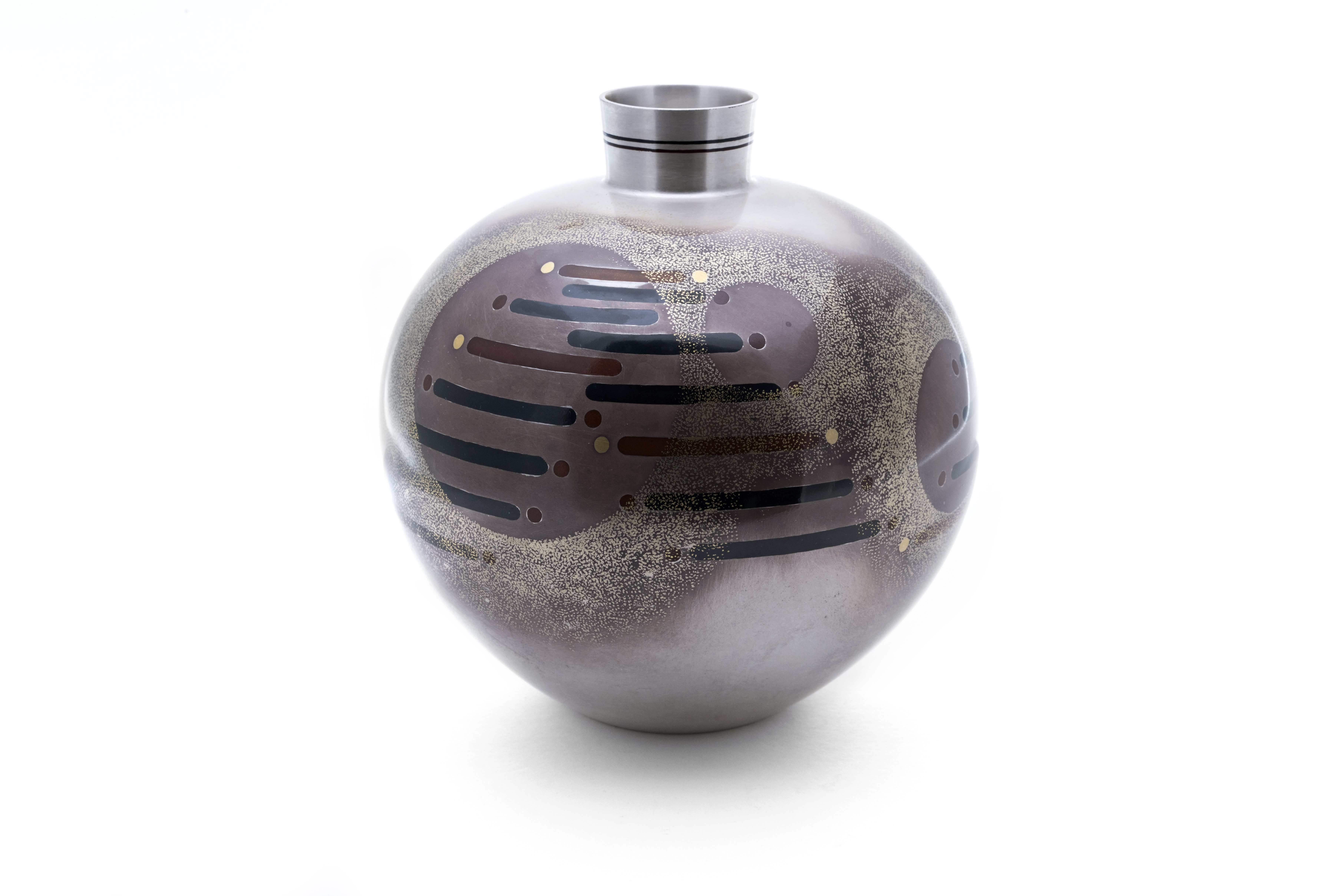
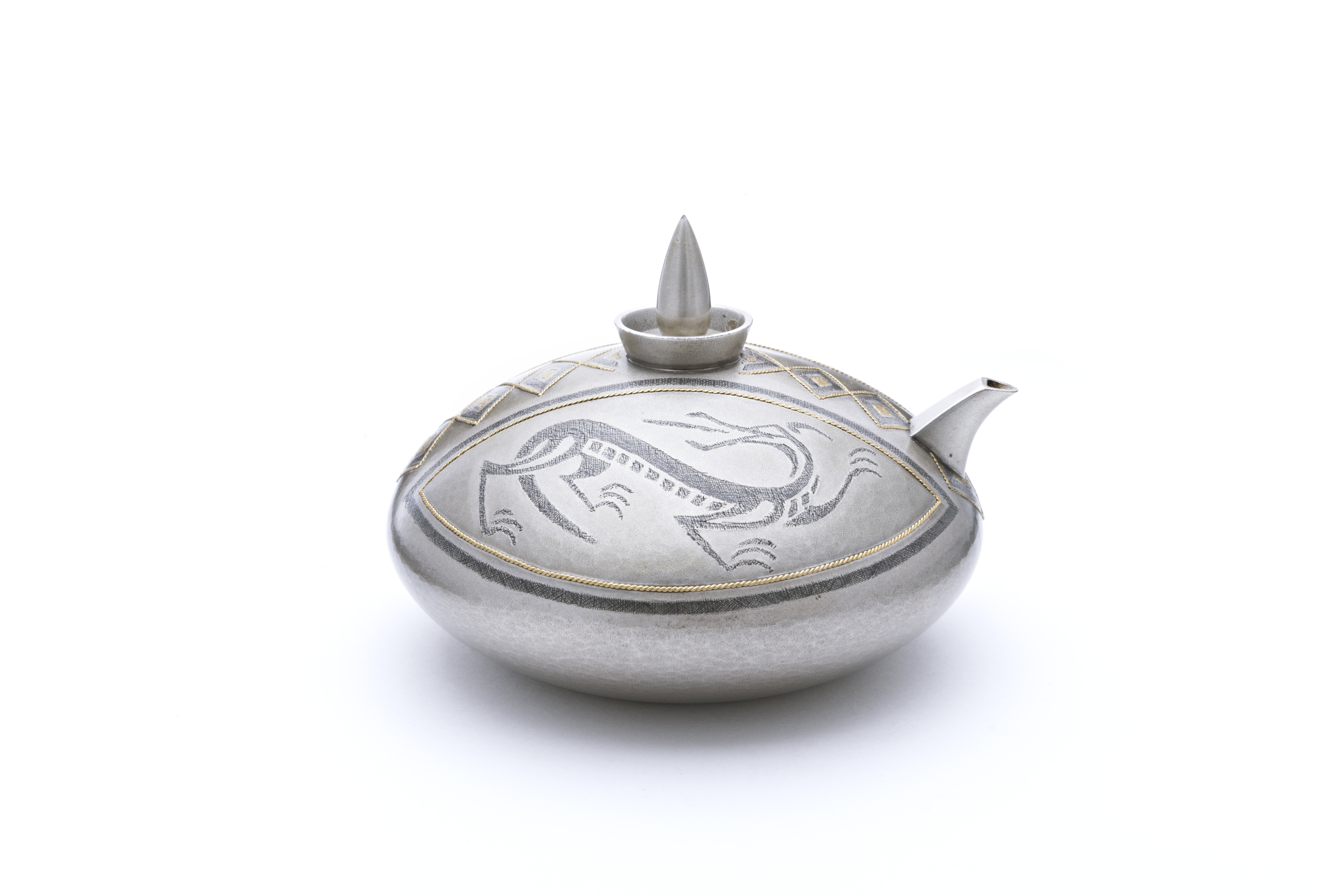
Thanks to the following for their generous support of this exhibition.
Cathy and Alan Adelman, John and Judy Alexander, Beattie Foundation, Judy Devitt, Laura and Michael Grace, HYART Gallery, Virginia Kraus and Jay Westwater, Barbara McFadyen and Douglass Phillips, Shepherd Foundation, Foster Young, Jr.
Ben Simmons Photography, Bunka Gakuen University, Consulate-General of Japan in Chicago, Japan Information Center, Hijiri-Koubo, Japan Foundation New York, Kobe Design University, Seigado, Tokyo University of Arts, Tsubame Industrial Materials Museum , Tsukuribe-Koubo, Yamawaki Art College
Catalog design by Eleanor Annand
Photography for the exhibition and catalog by Brady Connelly, Tamara Tsurkan, and Ben Simmons
Installation and technical assistance by Seth Gould, Lola Brooks, and Jack Mauch



